The Gear Lubricant Market is currently characterized by a dynamic competitive landscape, driven by increasing demand for high-performance lubricants across various industries, including automotive, manufacturing, and aerospace. Key players such as ExxonMobil (US), Shell (GB), and Chevron (US) are strategically positioned to leverage their extensive product portfolios and global reach. ExxonMobil (US) focuses on innovation, particularly in developing synthetic lubricants that enhance performance and reduce environmental impact. Shell (GB) emphasizes sustainability, aiming to reduce carbon emissions through its advanced lubricant formulations. Chevron (US) is actively pursuing regional expansion, particularly in emerging markets, to capitalize on the growing demand for gear lubricants. Collectively, these strategies contribute to a competitive environment that is increasingly focused on technological advancement and sustainability.
In terms of business tactics, companies are localizing manufacturing to enhance supply chain efficiency and reduce lead times. This approach is particularly evident in regions with burgeoning industrial sectors, where localized production can meet specific market needs more effectively. The Gear Lubricant Market appears moderately fragmented, with several key players holding substantial market shares while also facing competition from smaller, specialized firms. The collective influence of these major players shapes market dynamics, as they continuously innovate and adapt to changing consumer preferences.
In August 2025, Shell (GB) announced a partnership with a leading electric vehicle manufacturer to develop specialized gear lubricants tailored for electric drivetrains. This strategic move underscores Shell's commitment to sustainability and innovation, positioning the company to capture a growing segment of the market as electric vehicles gain traction. The collaboration is expected to enhance Shell's product offerings and strengthen its competitive edge in the evolving automotive landscape.
In September 2025, Chevron (US) launched a new line of bio-based gear lubricants, aimed at reducing environmental impact while maintaining high performance. This initiative reflects Chevron's strategic focus on sustainability and aligns with global trends toward greener products. By investing in bio-based technologies, Chevron not only addresses regulatory pressures but also appeals to environmentally conscious consumers, potentially expanding its market share in the eco-friendly segment.
In October 2025, ExxonMobil (US) unveiled a digital platform designed to optimize lubricant selection and application for industrial clients. This platform leverages artificial intelligence to provide tailored recommendations, enhancing operational efficiency for users. The introduction of this technology indicates ExxonMobil's commitment to digital transformation, which is becoming increasingly vital in the competitive landscape. By integrating AI into its service offerings, ExxonMobil positions itself as a forward-thinking leader in the gear lubricant market.
As of October 2025, current trends in the Gear Lubricant Market are heavily influenced by digitalization, sustainability, and the integration of advanced technologies such as AI. Strategic alliances are becoming more prevalent, as companies seek to enhance their capabilities and market reach through collaborative efforts. Looking ahead, competitive differentiation is likely to evolve from traditional price-based competition to a focus on innovation, technological advancements, and supply chain reliability. This shift suggests that companies that prioritize research and development, alongside sustainable practices, will be better positioned to thrive in an increasingly competitive environment.


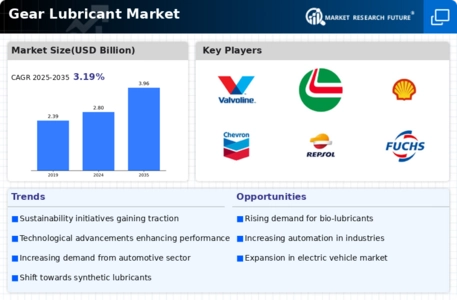
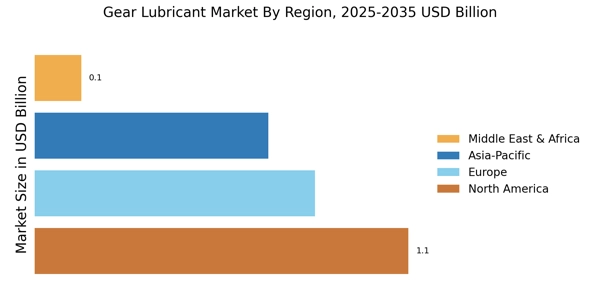
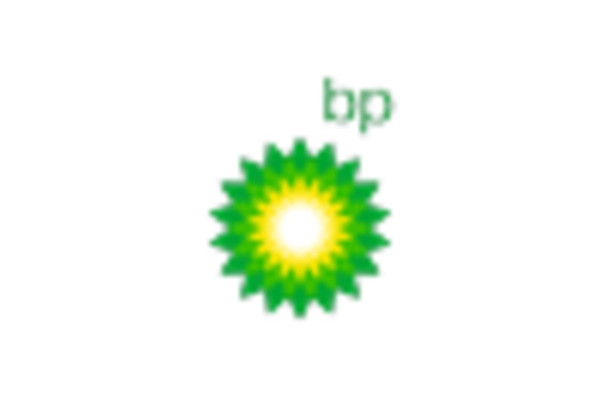
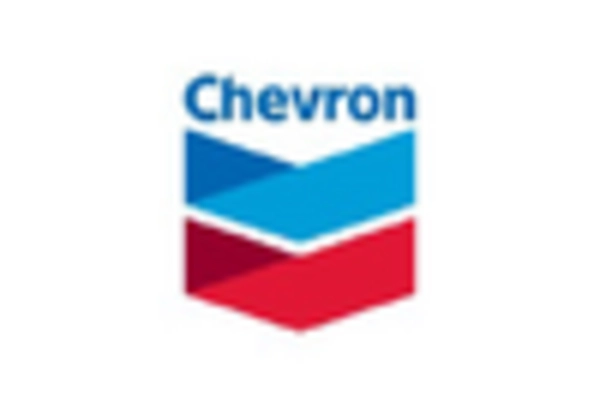

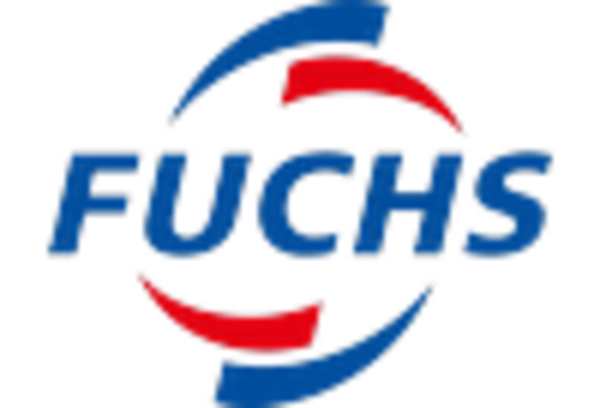
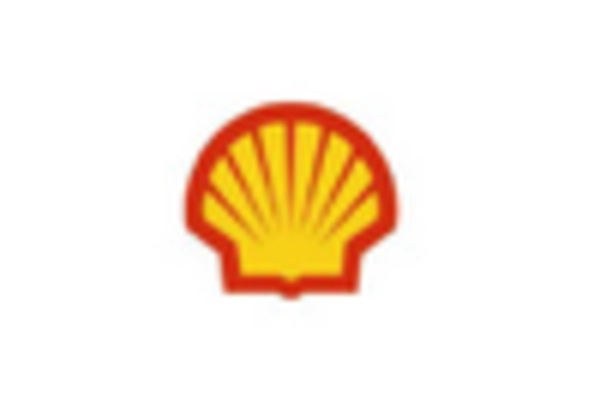









Leave a Comment